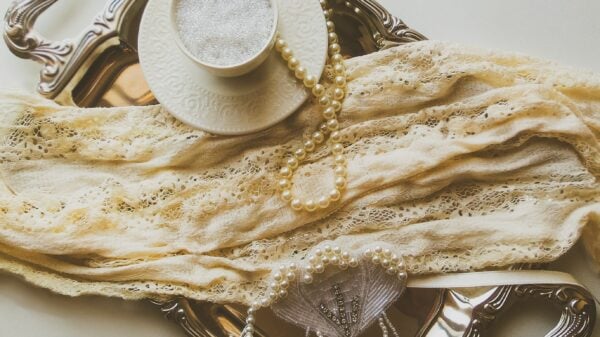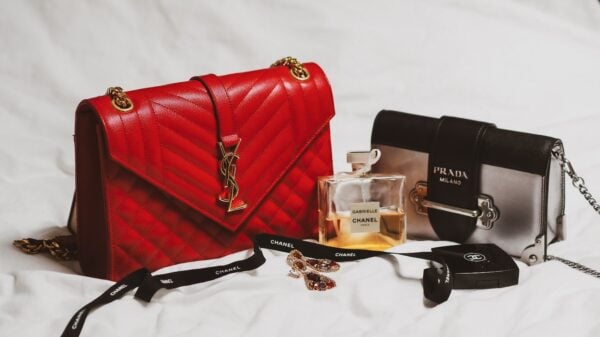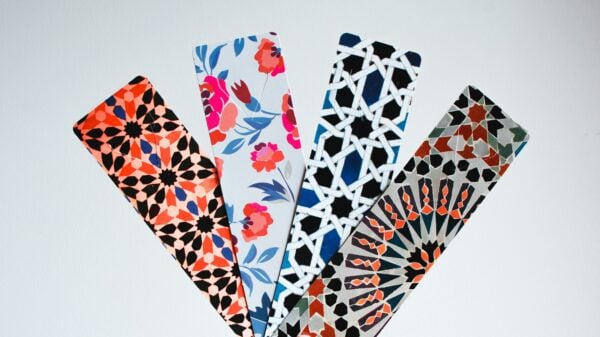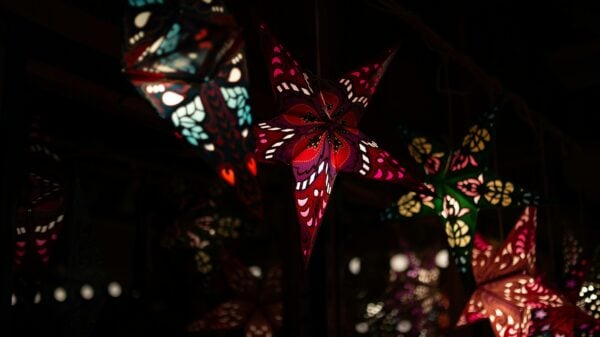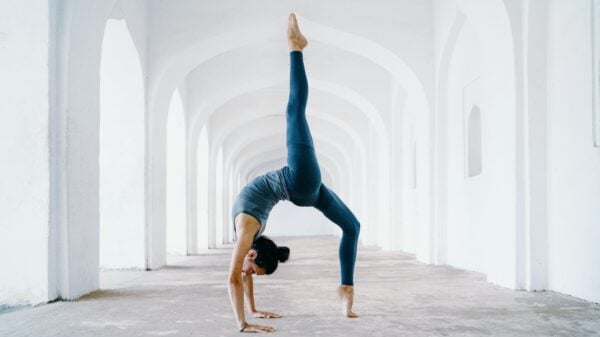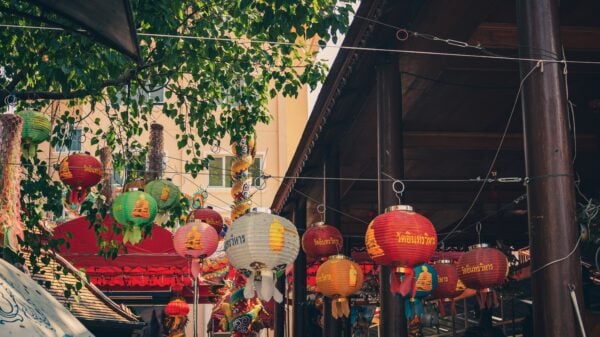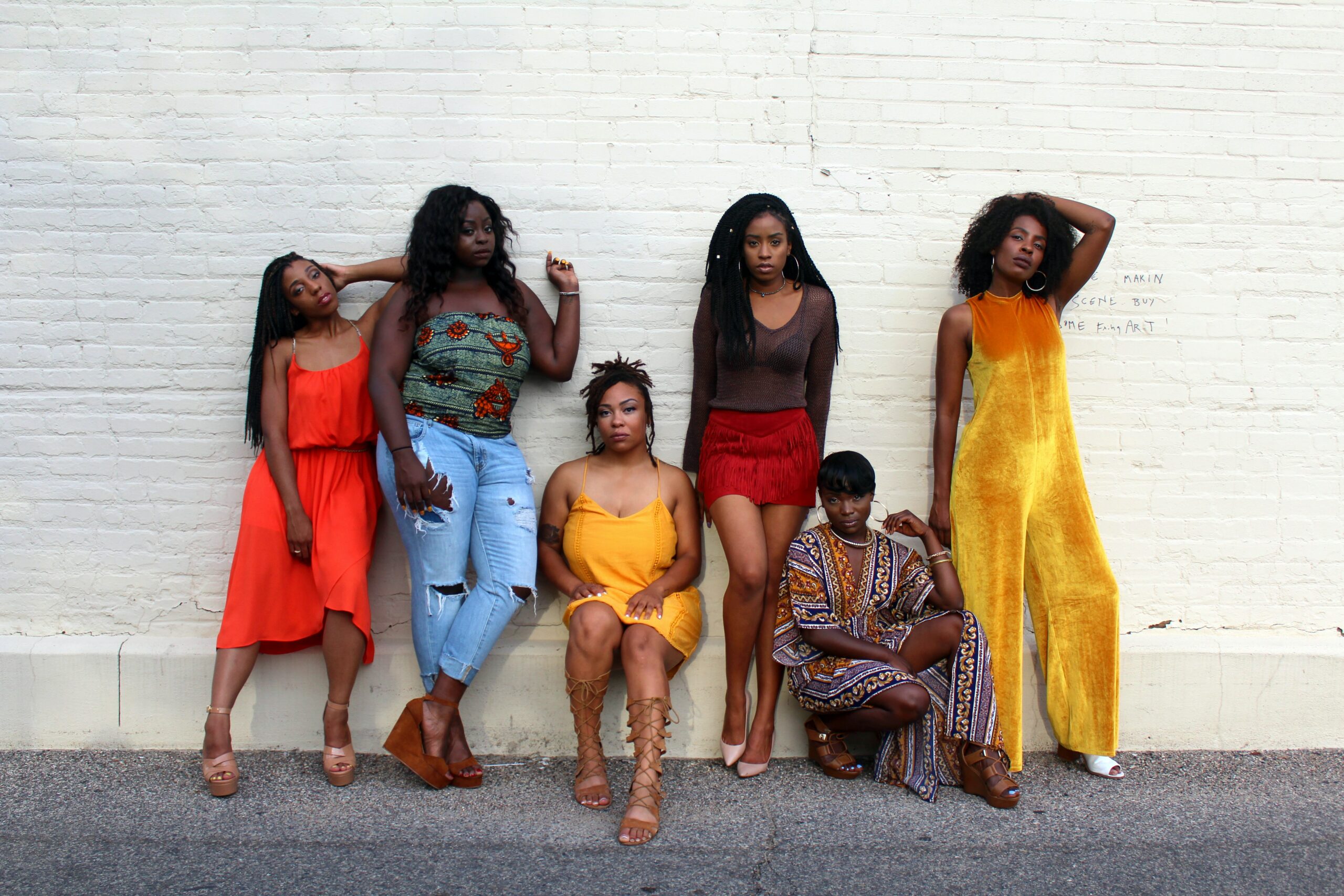Is your closet filled with outfits reflecting mainstream fashion and you’re looking to infuse some traditional styles? Did you know there are countless stunning cultural attires from around the globe that combine beauty, heritage, and intricate craftsmanship? This blog post will take you on a journey through various cultures, exploring their traditional dresses and showing how they can be incorporated into modern wardrobes.
Ready for an enchanting global fashion tour? Let’s dive in!
Traditional Dresses from Around the Globe
This section explores a range of traditional dresses from different cultures, including the saree from India, hanbok from South Korea, kimono from Japan, kilt from Scotland, keffiyah from the Arab World and Palestine, and beret from Spain and France.
Saree Traditional Dress (India)
The saree is a classic Indian dress. It’s made from silk or cotton and shows off beautiful, bright colors. The saree has many patterns and design work that is very detailed. Women fold it in pleats and wrap it around their bodies.
They also drape a length of the fabric over one shoulder. This traditional dress tells stories about India’s rich culture and history. The saree stands out in the fashion world for its beauty.
Hanbok (South Korea)
The Hanbok is the traditional dress of South Korea. It has a long history and is still worn for special occasions. The Hanbok is known for its vibrant colors, intricate designs, and flowing silhouettes.
The women’s Hanbok typically consists of a jeogori (jacket) and a chima (skirt), while the men’s Hanbok includes a jeogori and baji (pants). These garments are often made from silk and feature beautiful embroidery or patterns.
Each region in South Korea also has its own unique style of Hanbok. Today, the Hanbok continues to be celebrated as an important part of Korean culture, both within South Korea and around the world.
Kimono (Japan)
The kimono is a traditional dress from Japan that holds great cultural significance. Made from fine silk, kimonos are known for their intricate designs, vibrant colors, and exquisite embroidery.
They have a long history in the fashion world and are considered a symbol of Japanese identity. Kimonos come in various styles, such as the furisode (worn by unmarried women), the tomesode (for married women), and the yukata (a casual summer kimono).
Each style has its own unique patterns and motifs that reflect different seasons or occasions. The craftsmanship involved in making a kimono is truly impressive, showcasing Japan’s rich textile heritage.
Kilt Traditional Dress (Scotland)
The kilt is a traditional Scottish garment that is known for its unique and iconic design. It is typically made from tartan fabric, which features colorful patterns and stripes. The kilt is worn by men in Scotland on special occasions and events such as weddings and Highland games.
It symbolizes Scottish heritage and pride. The kilt has a distinctive pleated skirt style, with each pleat carefully folded to create an elegant look. It is often paired with a sporran (a small pouch) and knee-high socks called hose.
The kilt represents the rich cultural history of Scotland and continues to be an important part of Scottish identity today.
Keffiyah (Arab World and Palestine)
The keffiyah is a traditional scarf worn by people in the Arab world and Palestine. It has become a symbol of their identity and resistance. Made from cotton or silk, it features distinctive patterns, usually black and white.
The keffiyah can be worn as a headscarf or draped around the shoulders. It has a long history dating back centuries and has gained recognition in the fashion world for its cultural significance.
Today, the keffiyah represents solidarity with the Palestinian cause and serves as a powerful statement of cultural pride.
Beret (Spain and France)
The beret is a traditional hat that originated in Spain and France. It is made of soft, round fabric and often comes in different colors. The beret has become an iconic fashion accessory, known for its versatility and timeless appeal.
In Spain, the beret is often associated with Basque culture and worn as part of traditional attire. In France, it’s seen as a symbol of French chic and has been popularized by artists and intellectuals over the years.
Whether you pair it with a casual or formal outfit, the beret adds a touch of sophistication to any look. So go ahead, embrace this classic headwear and elevate your style effortlessly!











